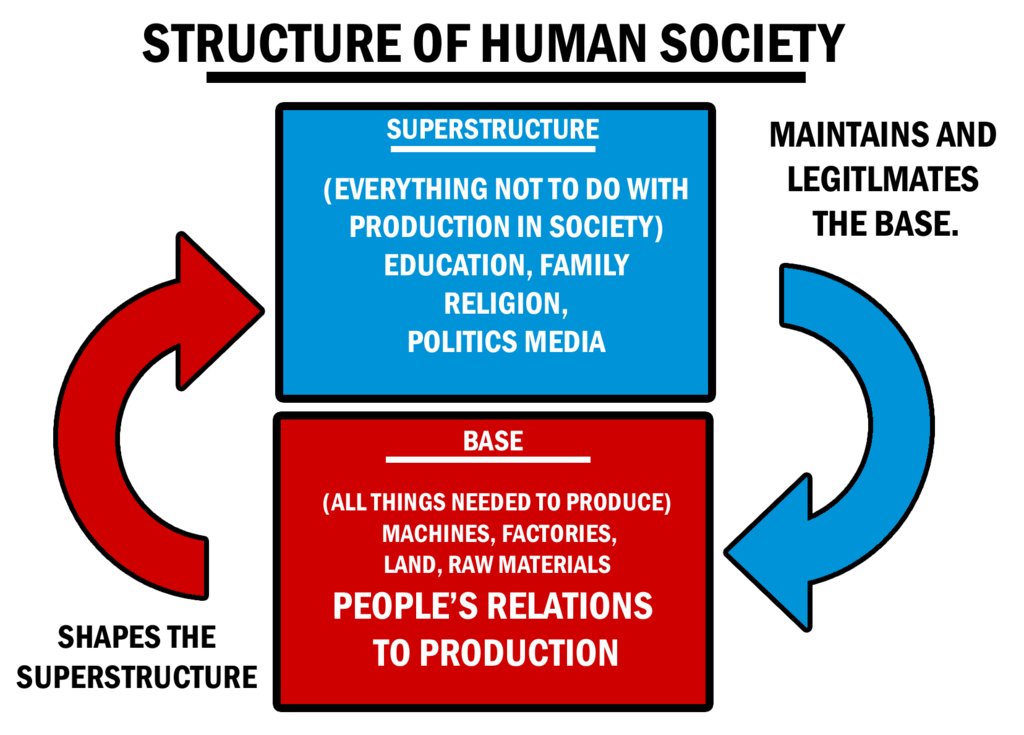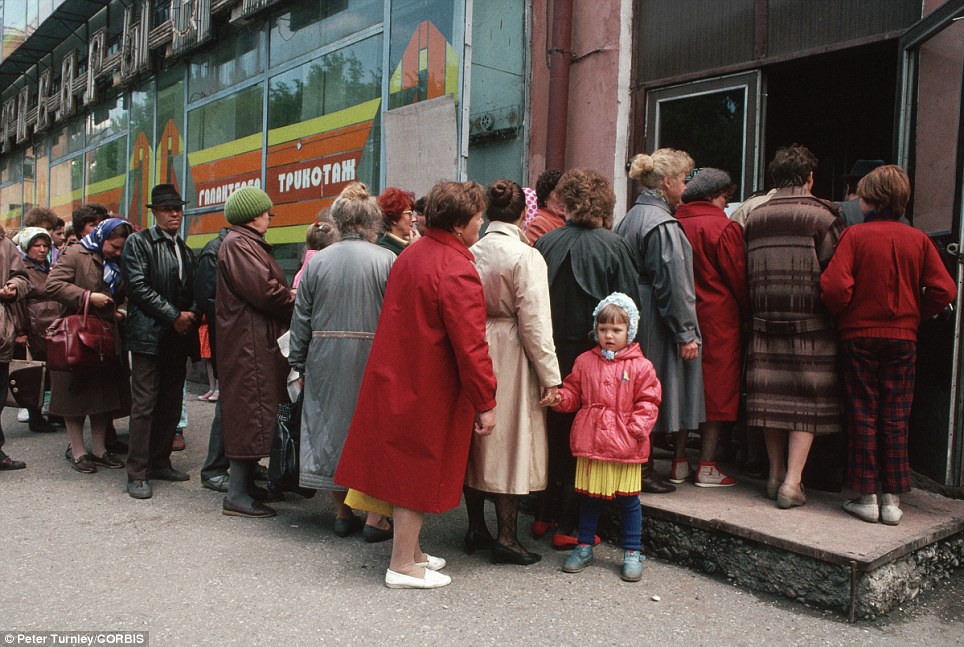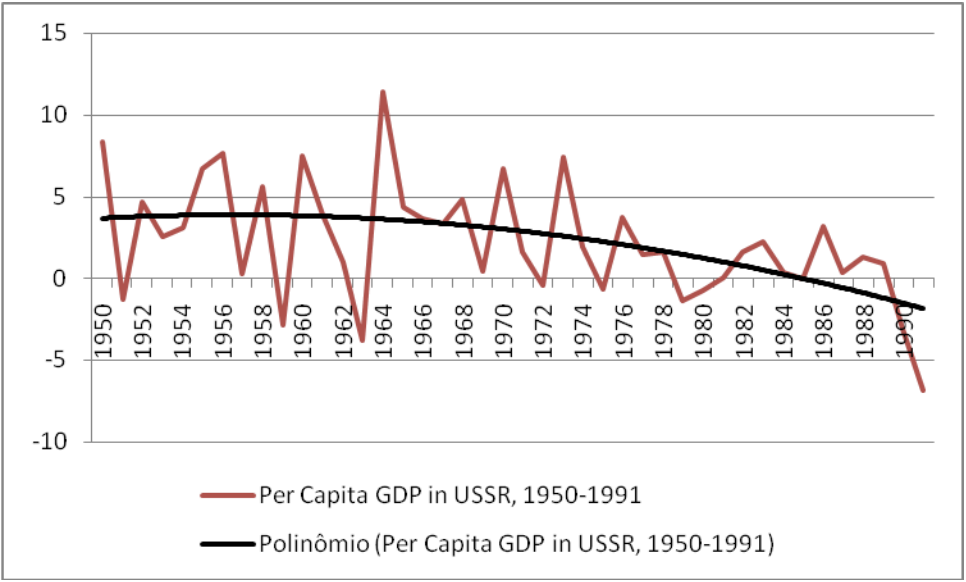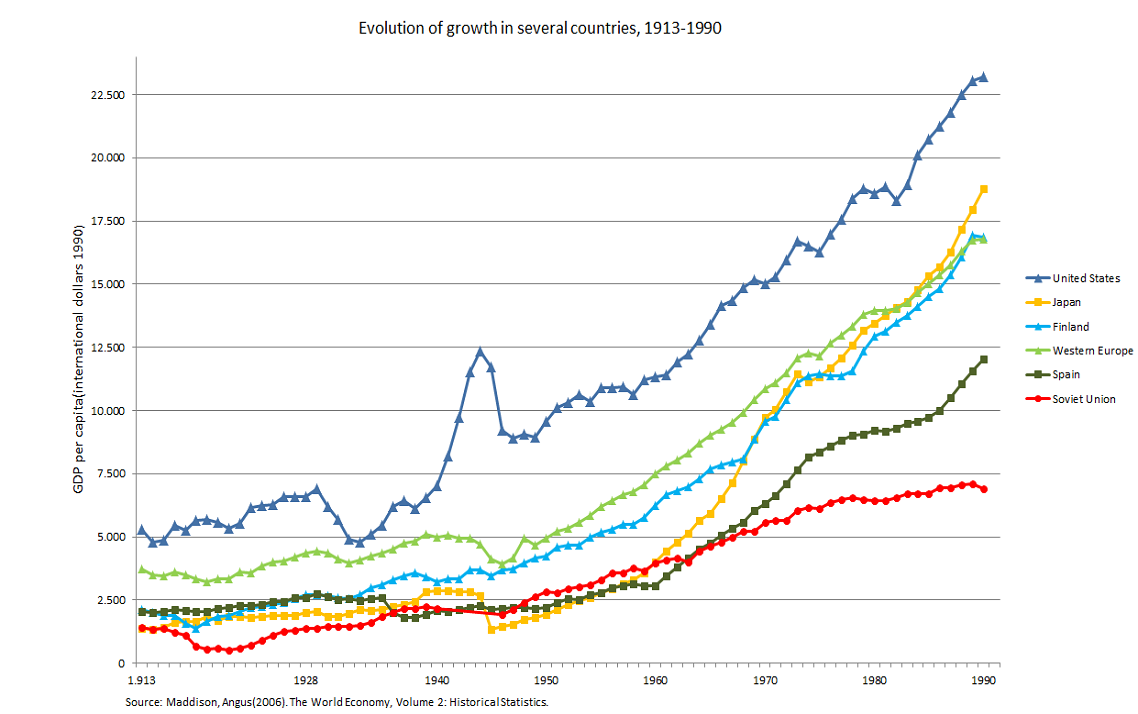The American political system is deeply corrupt, and this is especially clear in the realm of campaign finance. Political campaigns are getting increasingly expensive over time: total spending on congressional races topped $2 billion in the 2016 cycle. In order to keep up in the campaign finance arms race, candidates must seek out large, disproportionately wealthy donors. Members of Congress and state legislators often spend multiple hours each day making fundraising calls for their re-election campaigns, and this allows large contributors to substantially influence public policy.
Democrats, Republicans, and independents alike understand that the system is broken, and is failing to meet the needs of regular people. One recent survey by Pew Research found that an astonishing 76% of Americans, including equal shares of both parties, feel that the government is run “by a few big interests looking out for themselves.” Another Pew survey found that three-fourths of Americans believe “money has a greater role in politics than in the past,” and that most elected officials “don’t care what people like me think.” Clearly, something needs to change.
The fundamental problem facing the United States is to protect the political equality of citizens, as enshrined in the Equal Protection Clause of the Fourteenth Amendment, from being eroded by the immense inequality that exists in the economic sphere. In order to ensure that all Americans enjoy the “equal protection of the laws,” we must establish stringent campaign finance regulations and a generous regime of public campaign financing that can prevent wealthy donors and corporations from exerting a disproportionate influence on our political process.
The Case for Expenditure Limits
Protecting the political equality of citizens will require placing limits on the amount of money that can be spent by individuals on campaign contributions and independent expenditures. As long as such measures are not adopted, it will be possible for a small group of wealthy individuals to drown out the protected speech of millions of Americans, simply by wielding their immense spending power. This is not a new idea. In 1974, Congress attempted to enact expenditure limits by amending the Federal Election Campaign Act (FECA). These amendments placed a limit of $25,000 on the total amount of money that an individual could contribute to federal political campaigns each year. They also limited the degree to which candidates could self-finance their campaigns, and limited independent expenditures from individuals and organizations.
We know that the public overwhelmingly supports these kinds of expenditure limits. One recent Pew survey found that 77% of Americans, including 84% of Democrats and 72% of Republicans, agree that “[t]here should be limits on the amount of money individuals and organizations can spend” on political campaigns.
The Constitutional Issues
Unfortunately, the Supreme Court struck down all of FECA’s expenditure limits in its 1976 ruling in Buckley v. Valeo, before they could be applied to any federal election. In Buckley, the Court found that expenditure limits are unconstitutional under the First Amendment, because they prohibit individuals from engaging in election-related expenditures after they hit their expenditure limit in a given year.
This reasoning is flawed, however, since it imagines that wealthy contributors are not able to plan out their contributions over the course of a year, allocating their $25,000 to each of the candidates they would like to support during that election season. If some large donors fail to plan out their contributions ahead of time, and are prohibited from making any further contributions for the rest of the year, this is an insignificant burden on their First Amendment rights.
The Buckley ruling also failed to recognize the compelling government interest that exists in protecting the political equality of citizens. Unfortunately, the majority opinion of the Court explicitly rejected the equality rationale for expenditure limits:
“It is argued, however, that the ancillary governmental interest in equalizing the relative ability of individuals and groups to influence the outcome of elections serves to justify the limitation on express advocacy of the election or defeat of candidates imposed by § 608(e)(1)’s expenditure ceiling. But the concept that government may restrict the speech of some elements of our society in order to enhance the relative voice of others is wholly foreign to the First Amendment…”
— Buckley v. Valeo, 424 U.S. 48-49 (1976)
Of course, it would be unconstitutional for the government to “restrict the speech of some elements of our society in order to enhance the relative voice of others” if the restrictions treated individuals unequally, and especially if they discriminated on the basis of the content of speech. But Section 5 of the Fourteenth Amendment gives Congress the power to take appropriate measures to ensure the political equality of citizens:
“No State shall make or enforce any law which shall abridge the privileges or immunities of citizens of the United States; nor shall any State deprive any person of life, liberty, or property, without due process of law; nor deny to any person within its jurisdiction the equal protection of the laws… The Congress shall have power to enforce, by appropriate legislation, the provisions of this article.”
The Supreme Court used very similar reasoning in the 1966 case Katzenbach v. Morgan. In Morgan, the Court found that while literacy tests for voting did not inherently violate the Equal Protection Clause, Congress could use its discretion to ban literacy tests if it felt that they violated the substance of the Fourteenth Amendment:
“Section 5 of the Fourteenth Amendment is a positive grant of legislative power authorizing Congress to exercise its discretion in determining the need for and nature of legislation to secure Fourteenth Amendment guarantees.”
— Katzenbach v. Morgan, 384 U.S. 642 (1966)
The same principle applies in the case of campaign finance regulation. While it is certainly not unconstitutional for Congress to fail to enact expenditure limits, Section 5 of the Fourteenth Amendment surely allows it to enact such provisions if it deems them necessary to protect the political equality of its citizens.
Why Expenditure Limits Promote Free Speech
Furthermore, a strong case can be made the expenditure limits actually promote the freedom of speech, rather than hindering it. As Loyola law professor Jessica Levinson has argued, the fundamental purpose of the First Amendment is to foster “an open and robust market-place of ideas and democratic self-government.” Limits on campaign expenditures promote this open and diverse democratic discourse:
“With restrictions on spending (spending that enables speech, but is not speech itself), listeners in effect will hear from a greater depth and breadth of sources, rather than merely from a relatively small group of moneyed interests that has the ability to drown out non-spending or low-spending speakers.”
— The Original Sin of Campaign Finance Law: Why Buckley v. Valeo is Wrong
This listener-focused view of the freedom of expression is quite consistent with the egalitarian values embodied in the Fourteenth Amendment. In general, when citizens are more economically and politically equal, we are able to more effectively express our views, and our democratic discourse becomes healthier and more robust.
Unfortunately, however, the Supreme Court is not likely to come to accept this line of argument any time soon, since the precedent of Buckley v. Valeo has become deeply entrenched in American jurisprudence. In order to enact the expenditure limits that we so desperately need, a constitutional amendment will likely be required to overturn Buckley and the subsequent Supreme Court rulings that rely on its precedent.
The Need for Public Financing of Campaigns
But expenditure limits themselves are not enough to ensure the full political equality of citizens in the electoral process. It is also necessary to amplify the voices of those of modest financial means. The best way to do this is through a system of public financing of political campaigns, as has already been implemented in several localities and states across the country.
There are a few different models of public financing systems that are in use. One of the most popular is the matching-funds system, in which the government will “match” every private contribution to a campaign according to some ratio: 1-to-1, 2-to-1, or even as high as 6-to-1. There are many advantages to this system. For one thing, it has consistently been found to be constitutional by the courts, since it treats all campaigns equally and “amplifies” speech, rather than restricting it. It also allows candidates to rely on a broader base of smaller donors, since every contribution is amplified by public funds.
The city of Berkeley, California is a great example of how generous public financing systems can transform elections for the better. In 2016, Berkeley enacted one of the strongest public financing systems in the country through a ballot initiative. The system is optional, and those candidates who opt into it agree not to take contributions from political action committees (PACs) or individual contributions exceeding $50. But each contribution they receive is matched 6-to-1 by the city, so that a $50 contribution is amplified to a total of $350. In the 2018 city council elections, 12 out of 14 candidates opted into the the program, and the feedback was overwhelmingly positive. Candidates felt that it was easier to raise money under the new system:
“[We can] focus on reaching out to voters instead of making everything about how many dollars we can get… It’s a lot easier to convince an undergrad that maybe if they can drop as much money as one burrito to try and get some [student] representation on City Council, they might be willing to do that.” — Councilmember Rigel Robinson
It’s easy to see how a similar framework could be adapted to the state and federal levels, perhaps with modestly higher contribution limits.
The Need for Flexibility in Public Financing Programs
Critics will point out, however, that a public financing system has been in place for presidential elections since 1974, and it was largely abandoned by candidates: the last major party presidential nominee to accept public financing was John McCain in 2008. But the demise of the presidential public financing system was due to its overly rigid design, and not due to inherent flaws with the principle of public campaign financing as such.
First of all, the expenditure limits imposed on campaigns that opt into the program are far too low. In 2016, presidential campaigns taking public funding were limited to spending just $48.07 million during the primary race. For comparison, Senator Sanders’ failed presidential campaign, which did not accept public funding, had spent about $219.9 million by the end of the primary process. If Senator Sanders had accepted public funding, he would not have been nearly as competitive as he was with Secretary Hillary Clinton.
If the presidential public financing system is too rigid at the primary level, it is even worse at the general election level. Not only are expenditure limits much too low to be competitive with privately funded candidates— the limit was just $96.14 million in 2016— but publicly funded candidates are completely banned from accepting any private contributions to their campaigns. These rigid limitations are wholly unnecessary, and they create strong incentives for presidential candidates to forego public financing entirely.
We know that public campaign financing systems can be designed more flexibly than this. In San Francisco, for example, candidates for the local Board of Supervisors can opt into a public financing program in which they receive matching funds from the city, up to an expenditure limit of $250,000. But the key aspect of the system is this: as soon as any privately funded candidate spends more than $250,000, the expenditure limit for publicly funded candidates is raised in increments of $10,000, so that publicly financed candidates are never put in a position where they cannot compete with their privately funded challengers.
This flexible system could easily be adapted for the state and federal levels. And if the matching funds ratio were comparable to that which exists in Berkeley (6-to-1), it would be very hard for candidates to resist opting into the system.
The Case for Contribution Limits
Contribution limits have been in place at the federal level since the 1974 amendments to the Federal Election Campaign Act. Today, the individual contribution limit for federal campaign committees stands at $2,800 per year. These contribution limits are important, because they make it more difficult for any one individual to gain an undue influence on a candidate or party by making very large contributions to their committees.
There is also another function for contribution limits, which is less widely discussed. Contribution limits force candidates, political parties, and PACs to reach out to a broader base of smaller donors in order to meet their financial needs, since they make it impossible to simply rely on a small group of large individual donors. It has also been found that contribution limits tend to increase electoral competition, both by reducing margins of victory and increasing the number of candidates in each race. If our goal is to secure, as far as possible, the political equality of every citizen, then it seems that the lower the contribution limits are, the better.
While there are some concerns that low contribution limits make it difficult for candidates to fund their campaigns, we have seen in the case of Berkeley that contribution limits as low as $50 can be combined with a generous matching funds public financing system (say, 6-to-1) to ensure that campaigns have the resources they need to reach out to voters. On the federal level, we could easily lower contribution limits to, for example, $500 per candidate per year, especially if combined with a matching funds program.
The Problem of Independent Expenditures
Direct contributions to candidates’ campaigns are not the only way that wealthy donors can unduly influence the electoral process. Due to a series of Supreme Court rulings over the past few decades, corporations, labor unions, and wealthy individuals can spend unlimited amounts of money expressly advocating for or against political candidates, as long as they do not “coordinate” with any of the campaigns. These independent expenditures totaled over $1.4 billion during the 2016 election cycle. This flood of unlimited independent expenditures has had a significant effect on electoral outcomes, favoring candidates who are more friendly to corporate interests over those who are not. If we want to protect the political equality of every citizen, we must place limits on independent expenditures.
Currently, any individual, group, corporation, or labor union that spends more than $250 in a calendar year to “expressly advocate” for or against a federal candidate must report these expenditures to the Federal Elections Commission. If we simply keep these reporting requirements in place, we can use them to limit independent expenditures by counting them toward our proposed annual individual expenditure limit of $25,000. This would allow individuals plenty of freedom to independently advocate for the candidates that they support, while ensuring that very large expenditures are not allowed to drown out the speech of others.
Political action committees (PACs) would be exempted from this limit on independent expenditures. While individuals would face a $500 per year contribution limit to each PAC, and contributions to PACs would count toward the individual’s yearly expenditure limit of $25,000, the PACs themselves would face no such limitation. As long as the undue influence of wealthy individuals is kept in check, there is no good reason to restrict the speech of political action committees.
Do Corporations Have First Amendment Rights?
In the 1990s and early 2000s, it became common for corporations, labor unions, and nonprofits to funnel unlimited amounts of money into “issue advocacy” advertisements, which were designed to influence the outcomes of elections without using legally suspect phrases such as “vote for candidate X,” which would flag them as “express advocacy” under campaign finance law. The Bipartisan Campaign Reform Act (BCRA) of 2002 was passed in an attempt to end this practice. It prohibited corporations, unions, and nonprofits from engaging in any “electioneering communications,” which were defined as broadcast advertisements which name a specific federal candidate within 30 days of a primary election or 60 days of a general election. The genius of this provision was that it was able to bypass the thorny question of how to determine when an ad becomes “express advocacy” for a candidate, and when it is mere “issue advocacy.”
Unfortunately, in the 2010 case Citizens United v. FEC, the Supreme Court found that this provision of the BCRA was unconstitutional. The Court held that corporations have First Amendment rights, just like individual citizens do. This ruling allowed corporations to spend unlimited amounts of money directly out of their treasuries, not only to engage in electioneering communications, but also to engage in express advocacy for candidates. The only limitation is that there may not be any “coordination” between the corporation and the candidate in question, since this would allow for quid pro quo corruption.
Citizens United represents a grave mistake on the part of the Supreme Court. The fundamental problem with the Court’s reasoning here is that, just as in Buckley, it refused to recognize the compelling interest that the government has in protecting the political equality of citizens in the electoral sphere, which does require equalizing speech in some respects.
Once we recognize the importance of political equality, it follows that the government must require all large-scale election-related independent expenditures to be routed through registered political action committees, whose contributions can be monitored and regulated by a public elections commission. These PACs would be subject to all the limits on contributions and expenditures that we have discussed above. Otherwise, wealthy individuals will be able to easily bypass campaign finance regulations by simply using nonprofits or for-profit corporations to engage in unlimited independent expenditures, thereby drowning out the voices of millions of their fellow Americans who have more modest means.
Toward a Nationally Uniform Campaign Finance System
So far we have largely restricted our discussion to campaign finance regulation at the federal level. But campaign finance regulation at the state and local levels is also immensely important and urgently needed. The extent of campaign finance regulation varies dramatically from state to state. While some states have adopted quite strong campaign finance regulations, other states have regulatory regimes that are substantially more lax than what exists at the federal level. Indiana, for example, along with 10 other states, does not place any limit on individual contributions. Direct contributions from corporate treasuries to candidate campaigns are also allowed— even though this practice has been prohibited at the federal level since the Tillman Act of 1907!
There is a strong case to be made that campaign finance regulation is a fundamental issue of democracy that should not be left solely to state legislatures to decide. When wealthy individuals and corporations are given a nearly unlimited ability to drown out the voices of their fellow citizens in the electoral process, the results of every election must be considered somewhat suspect. This is especially true when the legislators elected under an unfair campaign finance regime have the ability to draw their own legislative districts, gerrymandering them to ensure that they will win re-election by a comfortable margin in almost every cycle. An elite caste of incumbent elected officials develops, which does everything it can to ensure it will remain in power, no matter how much public opinion may shift against them.
Given the potential grave consequences of allowing states and municipalities to fail to enact urgently needed campaign finance regulations, the federal government needs to have the power to intervene. Ultimately, we must pass a constitutional amendment which requires Congress and the state legislatures to establish robust contribution limits, expenditure limits, and public campaign financing programs that apply to every election in this country. In the meantime, we must do everything we can to establish generous matching-funds public campaign financing programs and low contribution limits at the state and federal levels.


 Unlike Buttigieg, rival presidential contender Bernie Sanders understands the need for a radical overhaul of the American healthcare system. Americans deserve healthcare as a human right, provided free at the point of use. This requires completely eliminating the private healthcare industry, and establishing a single-payer system that covers everyone. Any proposal that continues to allow insurance companies to profit off of sick and dying Americans simply will not cut it.
Unlike Buttigieg, rival presidential contender Bernie Sanders understands the need for a radical overhaul of the American healthcare system. Americans deserve healthcare as a human right, provided free at the point of use. This requires completely eliminating the private healthcare industry, and establishing a single-payer system that covers everyone. Any proposal that continues to allow insurance companies to profit off of sick and dying Americans simply will not cut it.




 They argue that Maduro is the rightful democratically elected president of Venezuela, and that any anti-democratic moves on Maduro’s part, like
They argue that Maduro is the rightful democratically elected president of Venezuela, and that any anti-democratic moves on Maduro’s part, like 


 Meanwhile, Venezuela’s president Nicolás Maduro has been sworn in for another six-year term. Last year’s presidential election was widely regarded as illegitimate by the international community because the main opposition coalition, the MUD, was
Meanwhile, Venezuela’s president Nicolás Maduro has been sworn in for another six-year term. Last year’s presidential election was widely regarded as illegitimate by the international community because the main opposition coalition, the MUD, was  But things didn’t have to turn out this way. The first several years of Hugo Chávez’s presidency led to widespread prosperity and poverty relief for millions of Venezuelan citizens. Oil prices were high in the 2000s, and this allowed the government to fund generous social welfare programs from the proceeds of its state-owned oil company, PDVSA. The poverty rate was slashed from 55% in 1995 to 26% in 2009. Unemployment fell from 15% to 7.8%. The government was overwhelmingly popular, with Chávez winning re-election by a wide margin four times in elections that were certified as free and fair by international monitors.
But things didn’t have to turn out this way. The first several years of Hugo Chávez’s presidency led to widespread prosperity and poverty relief for millions of Venezuelan citizens. Oil prices were high in the 2000s, and this allowed the government to fund generous social welfare programs from the proceeds of its state-owned oil company, PDVSA. The poverty rate was slashed from 55% in 1995 to 26% in 2009. Unemployment fell from 15% to 7.8%. The government was overwhelmingly popular, with Chávez winning re-election by a wide margin four times in elections that were certified as free and fair by international monitors. But while inflation has been a problem in Venezuela for a long time, the country had never before experienced the horrors of hyperinflation until recently. Hyperinflation is essentially a vicious feedback loop wherein high inflation rates cause people to try to exchange the domestic currency for a safe foreign currency, which pushes down the exchange rate, which in turn accelerates the inflation, in a downward spiral. During a period of hyperinflation, prices can sometimes double within just a few days or weeks. It’s a highly destabilizing phenomenon that hits the poor and the working class the hardest.
But while inflation has been a problem in Venezuela for a long time, the country had never before experienced the horrors of hyperinflation until recently. Hyperinflation is essentially a vicious feedback loop wherein high inflation rates cause people to try to exchange the domestic currency for a safe foreign currency, which pushes down the exchange rate, which in turn accelerates the inflation, in a downward spiral. During a period of hyperinflation, prices can sometimes double within just a few days or weeks. It’s a highly destabilizing phenomenon that hits the poor and the working class the hardest. In theory, Venezuela could try to adopt the currency of a foreign country other than the United States— say, China. Adopting the Chinese yuan would have a similar economic effect to dollarization, since the yuan is a much more stable currency than the bolivar, and its value is backed up by the trillions in US dollar reserves held by the People’s Bank of China. Since China wants to make allies with Latin American countries in order to undermine US hegemony, it might be willing to offer Venezuela much better terms on a currency deal than the United States, allowing Maduro to maintain most of the country’s social spending. In exchange, Maduro could offer to allow China to build military bases in Venezuela, which would increase Chinese power in the region and would protect Venezuela from potential US aggression.
In theory, Venezuela could try to adopt the currency of a foreign country other than the United States— say, China. Adopting the Chinese yuan would have a similar economic effect to dollarization, since the yuan is a much more stable currency than the bolivar, and its value is backed up by the trillions in US dollar reserves held by the People’s Bank of China. Since China wants to make allies with Latin American countries in order to undermine US hegemony, it might be willing to offer Venezuela much better terms on a currency deal than the United States, allowing Maduro to maintain most of the country’s social spending. In exchange, Maduro could offer to allow China to build military bases in Venezuela, which would increase Chinese power in the region and would protect Venezuela from potential US aggression.
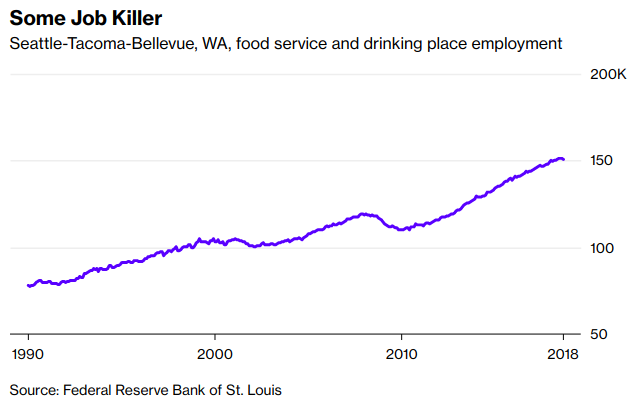
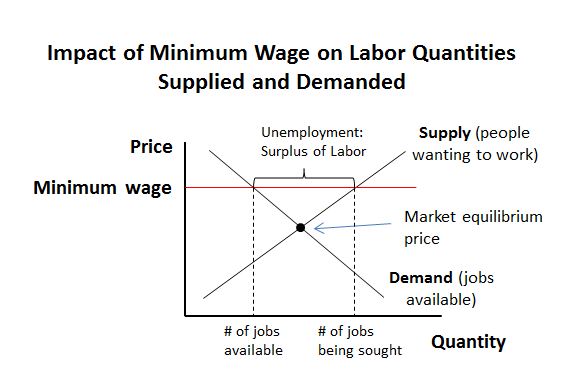












 Out of all the Bolshevik leaders, none of them was more instrumental in securing the Bolshevik seizure of power than Vladimir Lenin. As an orthodox Marxist, Lenin understood that Russia was not economically, culturally, or institutionally ready for socialism. Nevertheless, he was deeply convinced that it was necessary for socialists in Russia to seize state power, and hold onto it at all costs, in order to inspire the working class in industrialized Germany to start a socialist revolution there.
Out of all the Bolshevik leaders, none of them was more instrumental in securing the Bolshevik seizure of power than Vladimir Lenin. As an orthodox Marxist, Lenin understood that Russia was not economically, culturally, or institutionally ready for socialism. Nevertheless, he was deeply convinced that it was necessary for socialists in Russia to seize state power, and hold onto it at all costs, in order to inspire the working class in industrialized Germany to start a socialist revolution there.
